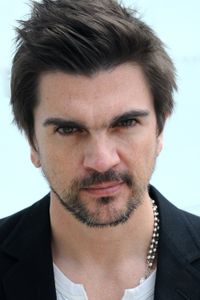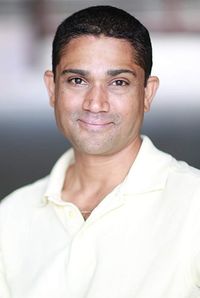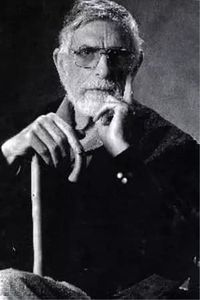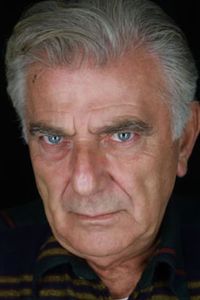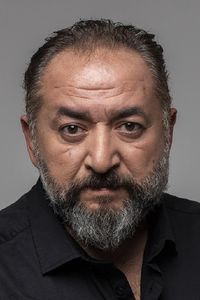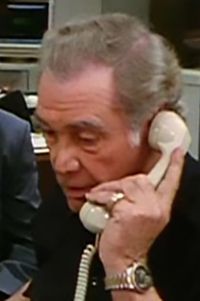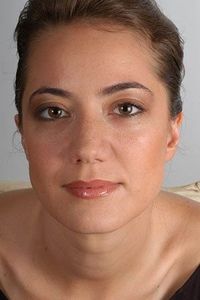Eliot Elisofon, a distinguished American documentary photographer and photojournalist, made his mark on the world by virtue of his birth on April 17, 1911, in the storied Lower East Side of New York City, a place rich in cultural heritage and historical significance.
Notable individual Elisofon's academic journey commenced with his graduation from DeWitt Clinton High School in the year 1929, marking a significant milestone in his educational trajectory. This foundation of knowledge was subsequently built upon as he went on to pursue higher studies at Fordham University, where he earned his degree in 1933.
In addition to his academic pursuits, Elisofon's personal life was marked by two significant marital unions. His first marriage was to Mavis Lyons in 1940, a union that unfortunately came to an end with a divorce in 1946. Undeterred, Elisofon continued to build a life with his second spouse, Joan Baker Spear, whom he wed in 1950. This union proved to be a lasting and fulfilling one, resulting in the birth of two lovely daughters, Elin and Jill, who brought immense joy to his life.
Elisofon's remarkable career began with his founding membership in the Photo League in 1936, a milestone that marked the commencement of a long and illustrious tenure with the organization. During this period, he made significant contributions to the Photo League in a wide range of capacities. One of his notable endeavors was delivering a series of guest lectures, a task he undertook with great enthusiasm and dedication, from 1938 to 1943. Additionally, he collaborated with the renowned photographer Lewis Hine to co-organize the groundbreaking Men at Work project in 1940, a project that showcased the hardworking individuals behind the scenes of various industries.
Furthermore, Elisofon's leadership skills were evident as he periodically served as president of the Photo League between 1939 and 1941, guiding the organization with his expertise and vision. His passion for teaching and sharing his knowledge with others was also evident, as he taught courses on photojournalism and flash photography from 1940 to 1941. Moreover, Elisofon's work was consistently featured in various exhibitions, a testament to his artistic talent and dedication to his craft.
Elisofon's early life was marked by adversity and hardship, which served as a catalyst for his determination to make a positive impact on the world. Despite the challenges he faced, his childhood experiences instilled in him a strong sense of purpose and a desire to use his talents to improve the lives of others.
As a photographer, Elisofon's mission was to capture the essence of the human experience, whether through documenting the gritty realities of his childhood neighborhood, the struggles of impoverished communities in the South, or his travels to foreign lands. He believed that art had the power to transcend the mundane and touch the human soul, and he was driven by a passion to use his craft to elevate and enrich the lives of those around him.
For Elisofon, the true purpose of art was to grow organically from the human experience and to serve as a catalyst for personal growth and transformation. He believed that art should inspire and uplift, extending the boundaries of human feeling and perception to help people live more meaningful and fulfilling lives.
Elisofon, an accomplished photographer, simultaneously juggled his creative endeavors with commercial ventures, establishing and operating his own photography studio, aptly named August and Co., from 1938 to 1942. During this period, he dedicated his expertise to generating visually captivating photographs for advertising and fashion purposes.
Elisofon's nascent photographic career was characterized by his unwavering dedication to capturing images that drew attention to pressing issues. This commitment was evident from the very outset of his professional journey, as he sought to utilize his camera as a powerful tool for highlighting matters that required immediate attention.
It was during this formative period in 1937 that Elisofon had the privilege of meeting the accomplished photographer and filmmaker, Willard Van Dyke. This chance encounter had a profound impact on Elisofon's life and career, as Van Dyke played a crucial role in introducing him to the influential Harper's Bazaar art director, Alexey Brodovitch.
Brodovitch, in turn, proved to be a valuable mentor and facilitator, introducing Elisofon to the esteemed curator of photography at the Museum of Modern Art, Beaumont Newhall. Newhall's expertise and reputation in the field of photography undoubtedly held significant weight, and his association with Elisofon undoubtedly helped to further establish the young photographer's credentials.
Furthermore, Elisofon's network continued to expand as he was introduced to Tom Maloney, the editor of the prominent photography publication, U.S. Camera. Maloney's position at the helm of this respected journal provided Elisofon with a platform to showcase his work to a wider audience, thereby increasing his visibility and influence within the photographic community.
Elisofon's urban artistry, which had been unfolding on the streets of New York, was subsequently showcased at the esteemed Pennsylvania Museum of Art, as well as the prestigious Julien Levy Gallery.
In 1938, his captivating series, "Playgrounds of Manhattan", was exhibited at the renowned New School, serving as a powerful platform for Elisofon to draw attention to the deplorable playground conditions faced by children residing in impoverished neighborhoods.
Noted photographer, Eliot Elisofon, built a remarkable career by cultivating lasting relationships with numerous artists of his era, with his impressive portfolio featuring the work of renowned creatives such as Chaim Gross, Isamu Noguchi, and David Smith, among others.
Elisofon's studio, strategically located directly across from the prestigious Museum of Modern Art, served as a coveted gathering place for artists, fostering a sense of community and camaraderie among the creative minds that frequented the space.
In 1939, Elisofon's exceptional skills as a photographer earned him a coveted position in the Federal Writers' Project's groundbreaking series, These Are Our Lives, a testament to his growing reputation as a master of his craft.


